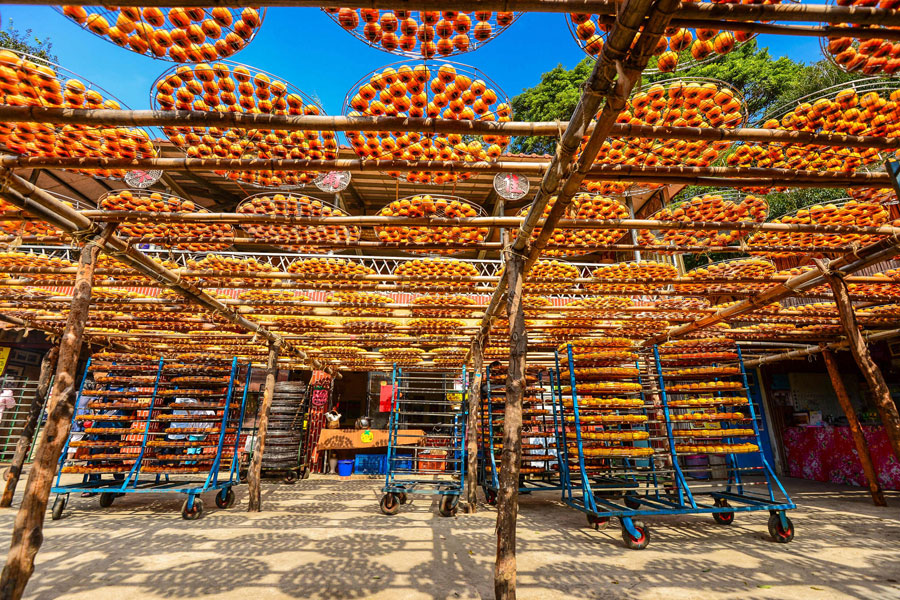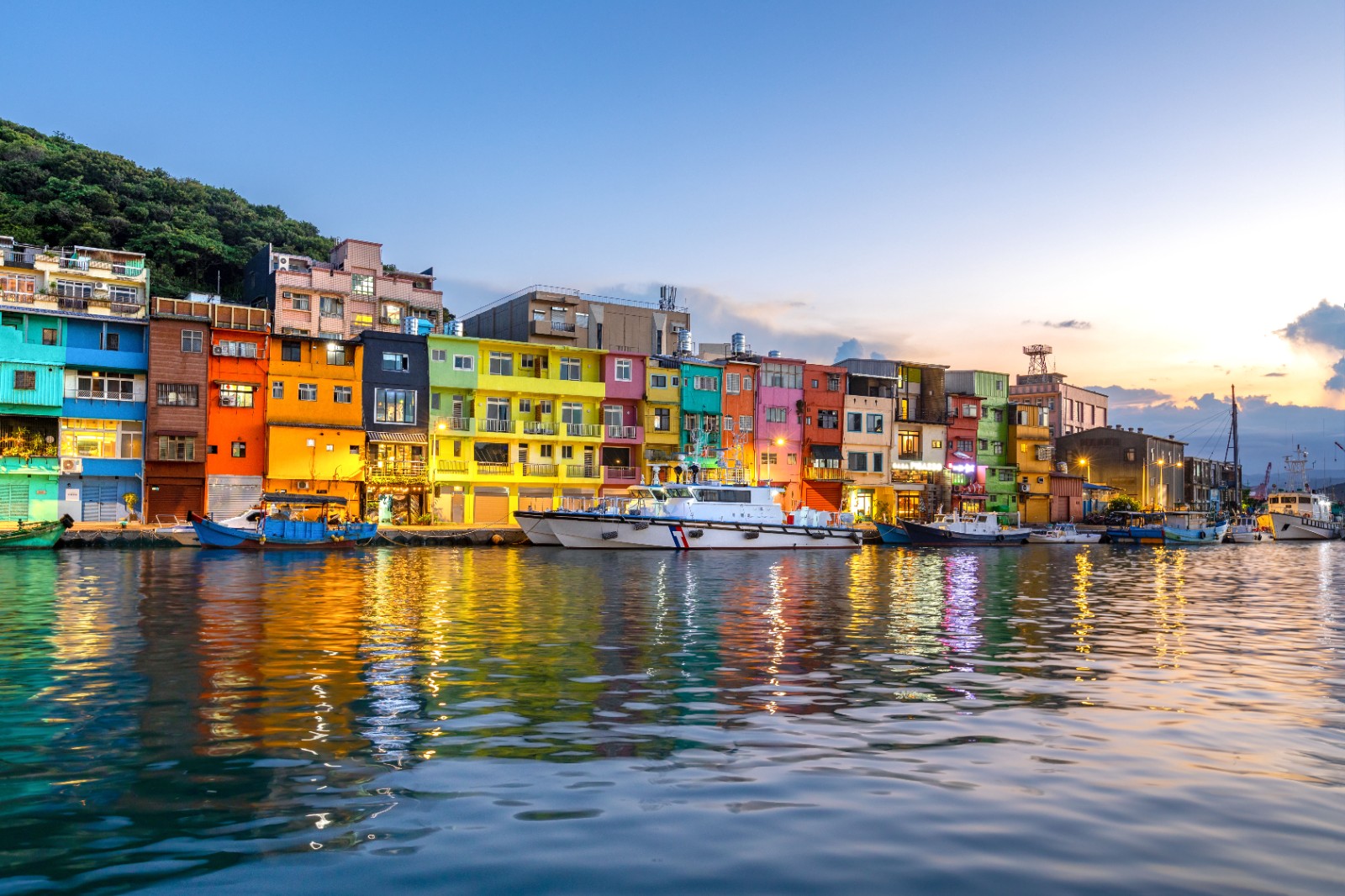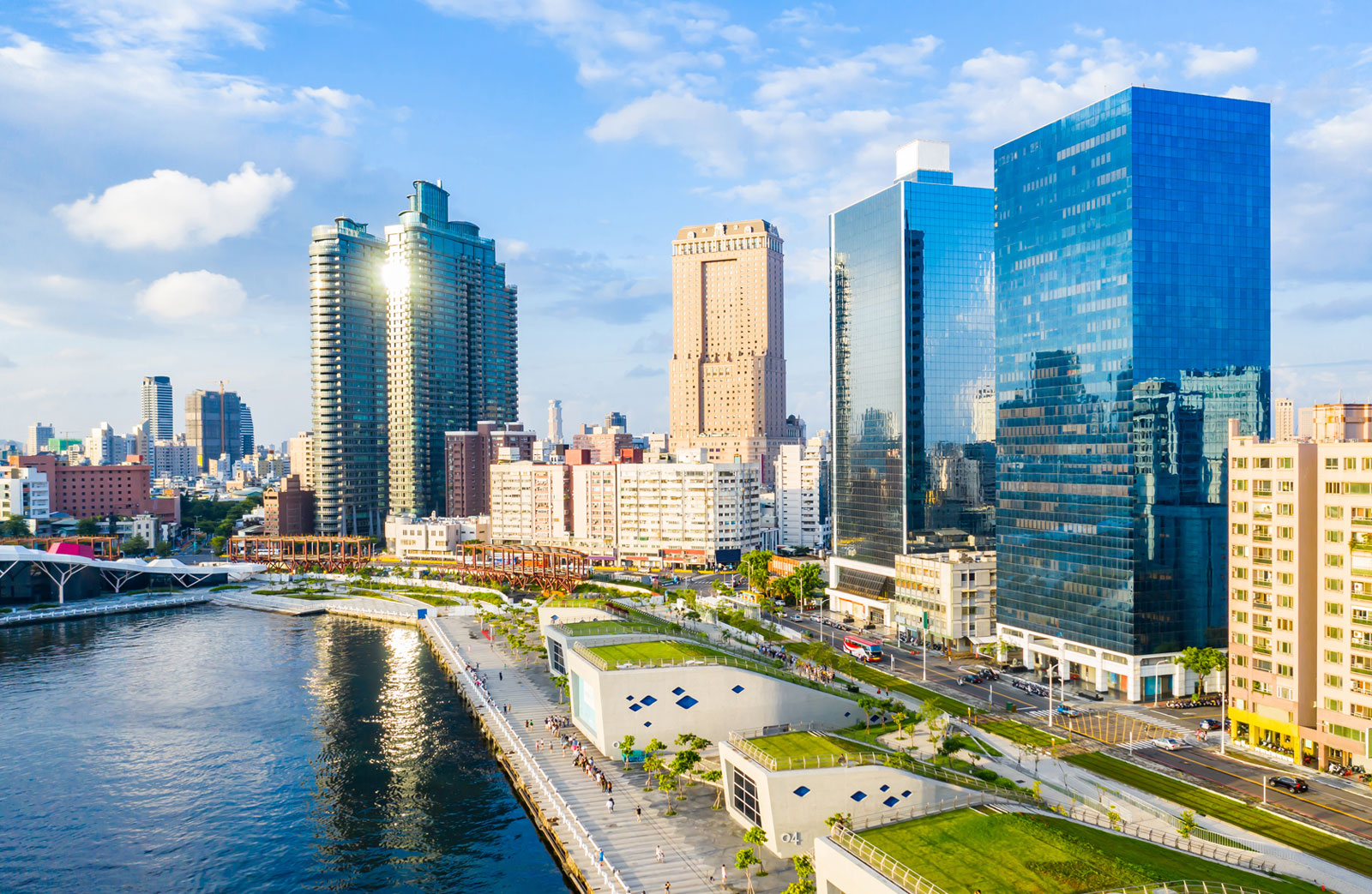為了提供更好的服務,誠摯邀請您免費加入會員,使用網站功能。會員功能介紹如下,歡迎業者多加利用。
- 會展網業者資料修改(公司簡介、影音、服務項目)限會員
- 發布活動檔期 / 發布活動新聞
- 商機資訊(商機布告、商機媒合)限會員
- 會展活動網站及App服務 /臺灣會展識別標誌申請 / 會展圖庫申請 / 國貿署別標誌申請 / 徵求業者服務



Taiwan belongs to tropical and subtropical climate zones that range from rainy to dry weather and hot to cool temperatures, depending on altitude and latitude. Taiwan's average annual rainfall is 2,515 mm.
Average temperature for the northern half of the island is about 21.7°C; average temperature for the southern half is around 24.1°C. The island is coldest from January through March with temperatures dropping to around 10°C. From June to August, hot weather prevails with temperatures rising up to 38°C. More moderate temperatures follow in the months between, with an average temperature of 25°C.

Despite coming from distant provinces with complex languages and ethnic backgrounds, new immigrants who migrated along with the Republic of China Government in 1949 can generally communicate in Mandarin Chinese. With the advent of public education, Mandarin has become the official language of Taiwan's various ethnic groups.
Since many Taiwanese are of southern Fujianese descent, Minnan (the Southern Min dialect) is also widely spoken. The smaller groups of Hakka people and indigenous tribes continue to preserve their own languages. Many elderly people can also speak some Japanese, as they were once subjected to Japanese education before Taiwan was returned to Chinese rule in 1945 after the Japanese occupation, which lasted for half a century.

Taiwan has a population of about 23 millions people which consists of various ethnic groups. The aborigines who have inhabited the island for around 8,000 years make up 2.3% of the total population; the Han Chinese who migrated to Taiwan in the seventeenth century constitute the rest of the population. The diversity of Taiwan’s culture and heritage formed with the integration of different ethnic groups and illustrate the harmony and prosperity possible among various religions, architecture, languages, lifestyles, and cuisines. Seventy percent of the population are concentrated in the five western metropolitan areas (Taipei, Taoyuan, Taichung, Tainan, and Kaohsiung), among which the Taipei metropolis harbors Taipei City, the capital of Taiwan, and New Taipei City, the largest city in Taiwan.


